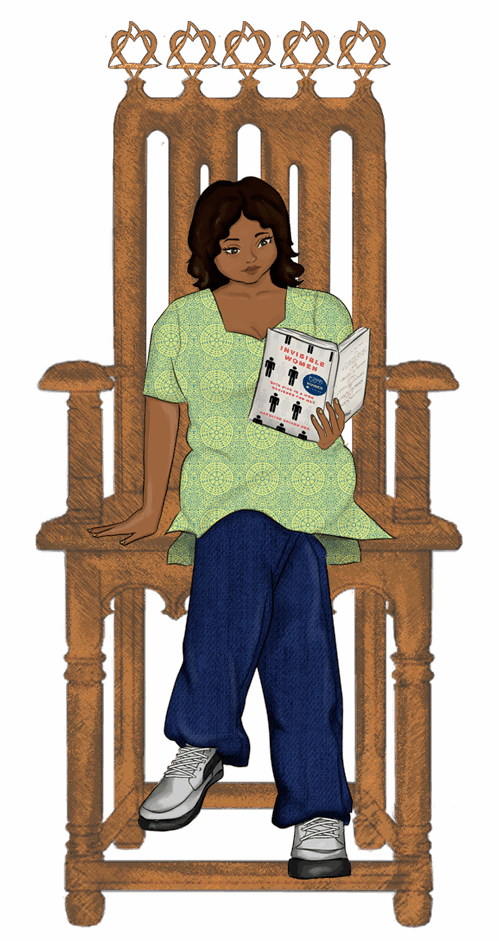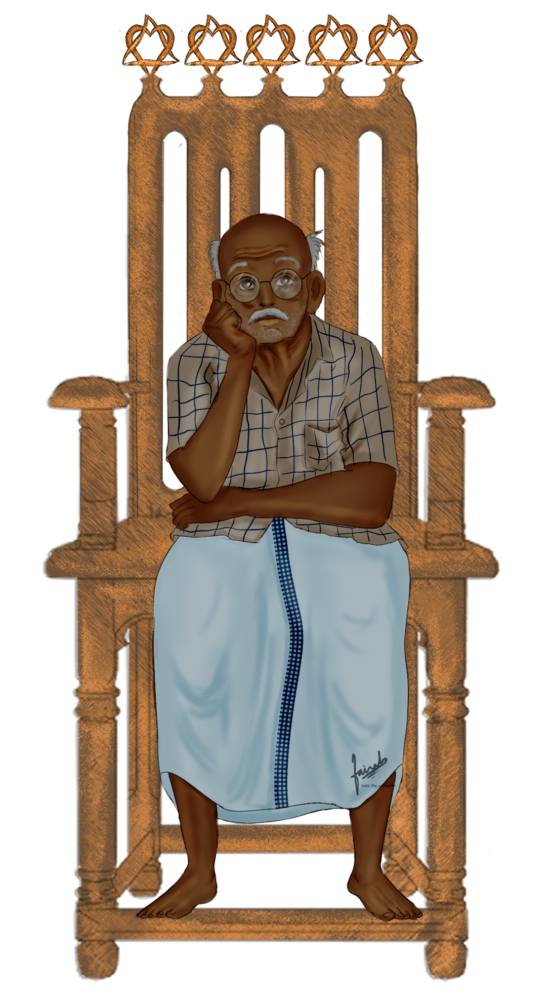Understanding Wordle by The New York Times: A Comprehensive Overview
Wordle, the popular daily word puzzle game, has become a cultural phenomenon since its introduction and subsequent acquisition by The New York Times (NYT). Offering a simple yet engaging challenge, Wordle invites players to guess a five-letter word within six attempts, providing feedback via colored tiles. This article explores the multiple facets of Wordle as presented by The New York Times, examining its gameplay mechanics, cultural impact, and the broader context of NYT’s puzzle offerings. 📕📕📕 If you want the normal Wordle version go back to: Wordle Nyt - Nyt Wordle - Wordle Today Online What is Wordle? Wordle is a daily word game hosted on The New York Times website where players have six chances to guess a secret five-letter word. After each guess, the game provides feedback through colored tiles: Green tiles indicate the letter is correct and in the right position. Yellow tiles show the letter is correct but in the wrong position. Gray tiles mean the letter is not in the word at all. 📕📕📕 If you want the normal Wordle version go back to: daily wordle This feedback loop challenges players to use logic, vocabulary knowledge, and deduction to arrive at the correct word in as few attempts as possible. The Appeal and Popularity of Wordle Several factors contribute to Wordle’s widespread popularity: nyt wordle Simplicity and Accessibility: The rules are straightforward, making it accessible to a broad audience, from casual players to word enthusiasts. 📕📕📕 If you want the normal Wordle version go back to: wordle Daily Challenge: The once-a-day puzzle creates anticipation and a shared experience among millions globally, fostering community interaction. No Cost and No Ads: Initially a free game, its availability on The New York Times platform means it remains ad-free for subscribers, enhancing user experience. Social Sharing: Wordle’s unique sharing feature allows players to post their results using colored emoji squares without revealing the answer, encouraging friendly competition. 📕📕📕 If you want the normal Wordle version go back to: wordle game Wordle Within The New York Times Puzzle Ecosystem Wordle is part of a larger collection of word and puzzle games offered by The New York Times, including: Mini Crossword Spelling Bee Letter Boxed Tiles Connections This suite caters to diverse interests, from casual puzzle solvers to hardcore enthusiasts, reinforcing The New York Times’ reputation as a premier provider of word games and mental challenges. 📕📕📕 If you want the normal Wordle version go back to: Educational and Cognitive Benefits Wordle has been praised for its potential educational value: Enhancing vocabulary and spelling skills. Promoting pattern recognition and logical thinking. Encouraging daily mental exercise in an engaging way. Educators and parents have noted how Wordle can be a fun tool for language learning and cognitive development. Criticisms and Counterarguments Despite its popularity, Wordle has faced some critiques: Repetitiveness: Some players argue that daily puzzles can become repetitive or predictable over time. Limited Word Length: The fixed five-letter word format may not appeal to those seeking more varied or complex challenges. Accessibility Concerns: Color-coded feedback may be less effective for colorblind players, though efforts have been made to accommodate accessibility. The New York Times continues to address these concerns by offering a diverse range of puzzles and features to cater to different preferences and needs. Wordle Frequently Asked Questions: A Comprehensive Guide Wordle has become a global sensation, captivating millions with its simple yet challenging word-guessing gameplay. Since its launch, players have had numerous questions about how to play, strategies to improve, and the game's underlying mechanics. This article aims to address some of the most frequently asked questions about Wordle, offering a balanced and insightful overview. 1. What is Wordle and How Do You Play It? Wordle is a daily word puzzle where players have six attempts to guess a hidden five-letter word. After each guess, the game provides feedback: Green tiles indicate correct letters in the correct position. Yellow tiles indicate correct letters in the wrong position. Gray tiles indicate letters not in the word. The goal is to guess the word within six tries using these clues. 2. Is It Always Possible to Solve Wordle Within Six Guesses? One of the intriguing questions among enthusiasts is whether the puzzle can always be solved optimally within six steps. The game's design ensures the secret word is a valid English five-letter word, and players get feedback after each guess. Theoretically, under an optimal decision strategy, it is possible to deduce the correct word within six guesses. However, this assumes perfect logical deduction and optimal guess selection, which is quite challenging in practice. There is ongoing discussion in communities such as Zhihu regarding proofs of this claim, but no definitive public mathematical proof has been universally accepted. The game is designed to be solvable within six attempts, but some edge cases might be more difficult, requiring strategic thinking. 3. What Are the Best Strategies to Win Wordle? Players employ various strategies, including: Starting with common vowels and consonants: Words like "raise," "adieu," or "crane" are popular first guesses because they cover frequent letters. Eliminating letters systematically: Using guesses to rule out multiple letters quickly. Considering letter frequency and position: Adjust guesses based on feedback, focusing on likely letter placements. Advanced players use algorithmic approaches or tools to simulate optimal guessing sequences, but casual players rely on intuition and experience. 4. Where Can You Play Wordle? Originally a web-based game, Wordle can be played on any device with internet access. For those wanting to play on PCs, there are versions and adaptations available, such as in Microsoft Edge or standalone apps, ensuring flexibility across platforms. 5. Why Did The New York Times Acquire Wordle? The New York Times (NYT) acquired Wordle to enhance its digital subscriptions and diversify its puzzle offerings. Wordle fits well with NYT’s existing crossword and puzzle games, attracting a broad audience and encouraging daily engagement. This acquisition reflects a trend of integrating popular casual games into established media platforms to drive growth. 6. Are There Resources to Help with Wordle? Yes, many websites provide: Answer guides and cheats for daily puzzles. Tutorials and tips for beginners. Communities and forums where players discuss strategies. These resources can aid players stuck on a particular word or looking to improve their skills. 7. What Are Some Common Misconceptions About Wordle? Wordle is purely luck-based: While there is an element of chance in the initial guesses, skill and strategy significantly impact success. All words are common vocabulary: Some words can be obscure, challenging players to expand their vocabulary. Guessing random words is efficient: Random guessing wastes attempts; thoughtful guesses based on feedback are far more effective. Conclusion Wordle combines simplicity with deep strategic potential, explaining its widespread appeal. Whether you are a casual player enjoying daily puzzles or a hardcore enthusiast exploring optimal strategies, understanding the game's mechanics and strategic approaches can enhance your experience. Wordle’s integration into major platforms like the New York Times highlights its cultural significance and ongoing popularity. By exploring questions about gameplay, strategy, and the game's impact, players can appreciate Wordle as more than just a game — it’s a daily mental challenge that fosters language skills, logical reasoning, and community engagement.This user has not peer reviewed any articles.
- Oh, bother! No topics were found here.

